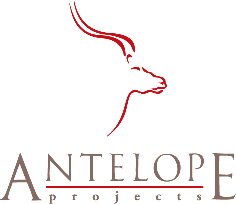
 |
changeveryard projects > demanding change |
| we offer | three notions of change | material | links | |||||||||||
| consultancy
presentations |
These three notions of (demanding) change provide an important counterweight to the three notions of (demanding) security described elsewhere on this website. |
challenge
|
 |
Challenge of Changeveryard projects > change > challenge |
IBM is a business that survived by redefining itself. Xerox is another well-known example. There are countless examples of other organizations that have remained committed to a particular identity and have, as a consequence, not survived. There are many others in the IT industry alone whose long-term survival appears unlikely.
 |
Principles of Changeveryard projects > change > principles |
| For something to change,
it must remain something. |
|
||
| For something to survive,
it must lose something. |
|
||
| Both change and continuity are properties of descriptions | In understanding how change can coexist with continuity, we need to see both change and continuity as properties of descriptions. There are some descriptions of IBM and Xerox that remain true, and there are other descriptions of these companies that were once true but are now false. This notion of change has been well explored by Bateson, and more recently by K.K. Smith. |
 |
Explaining Changeveryard projects > change > explaining change |
| Summary | Change is a process affecting people and organizations using technologies. |
| The Form of Change | Understanding change. What kinds of change are there? How can new forms of change be created? |
| The Purpose of Change | What are the requirements for change? Where do these requirements come from? How can they be managed? |
| The Material of Change | What are the components of effective change? How can they be assembled? |
| The Process of Change | How does change happen? How can the participants engage creatively and positively with change? |
 |
The Process of Changeveryard projects > change > process |
| Energy is what drives and motivates change. There are various sources of energy, in both positive and negative forms. | |
| Power is what masters and controls change. Some of this power and authority may be vested in formal management structures, but some of it may be dispersed through the organization and its environment. | |
| Knowledge is what guides and structures change. This knowledge will often be packaged as recipes or procedures or general schemata, in which case it verges on the technological. Includes ‘know-how’ (i.e. skills) as well as ‘know-that’ (information). | |
| Truth is what lies underneath change. Each change reveals some aspects of the truth, and conceals others. (As with the carpet in a furnished apartment: you can move the furniture around, but you can never see all the carpet at the same time.) Each newly uncovered truth releases new energies for another cycle of change. |
 |
More Materialveryard projects > change > material |
| 16 Patterns of Change | |
| Requirements Change | |
| Business Change and Process Improvement (pdf) | |
| Heraclitus |

|

 |